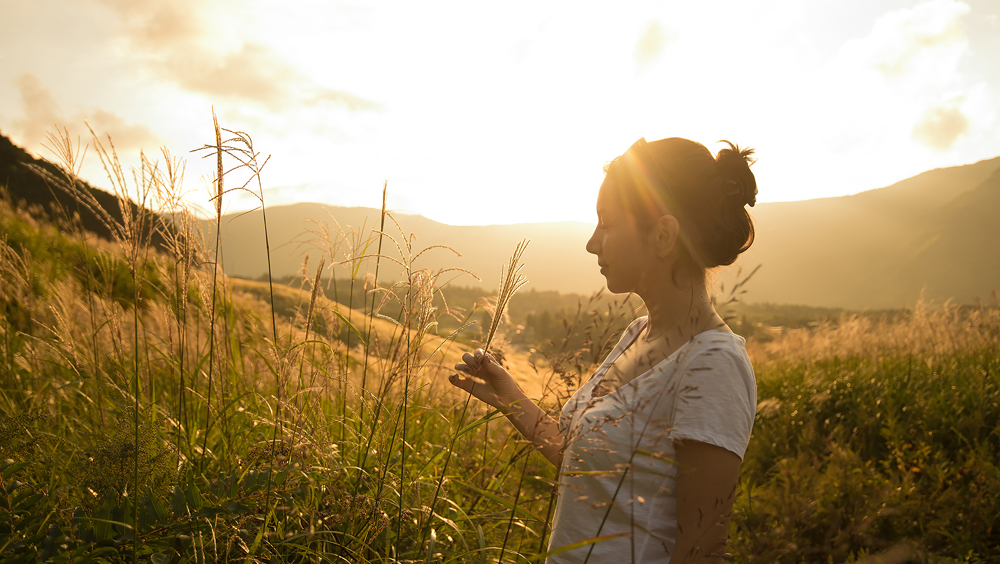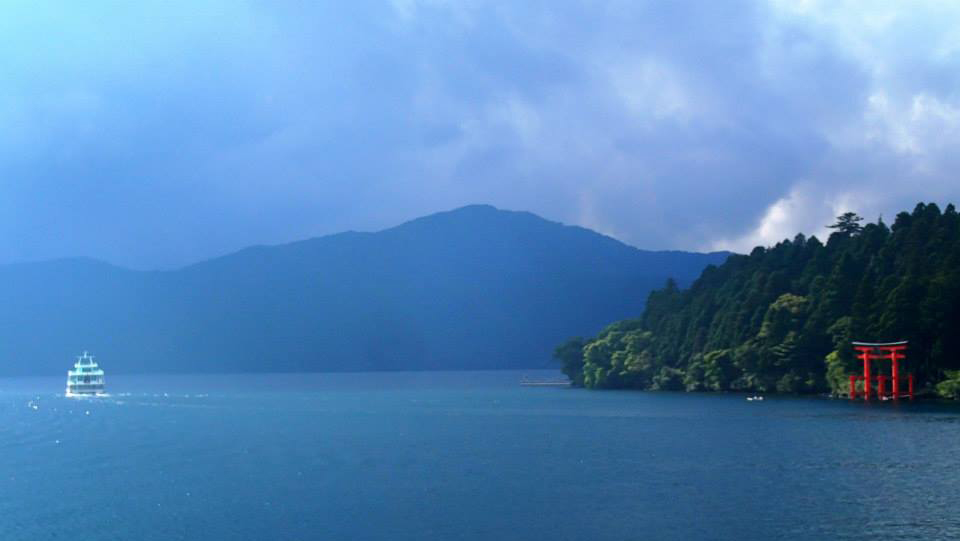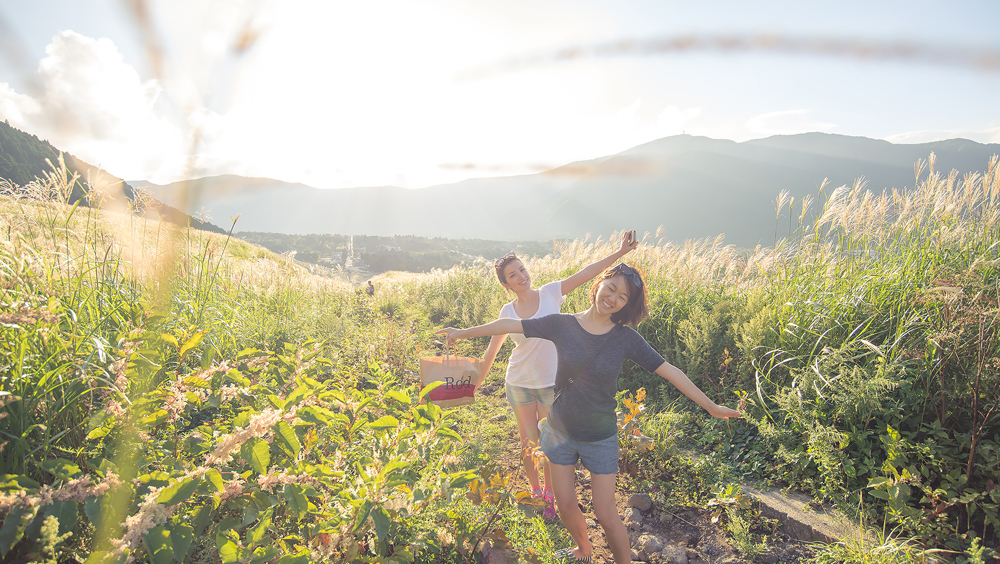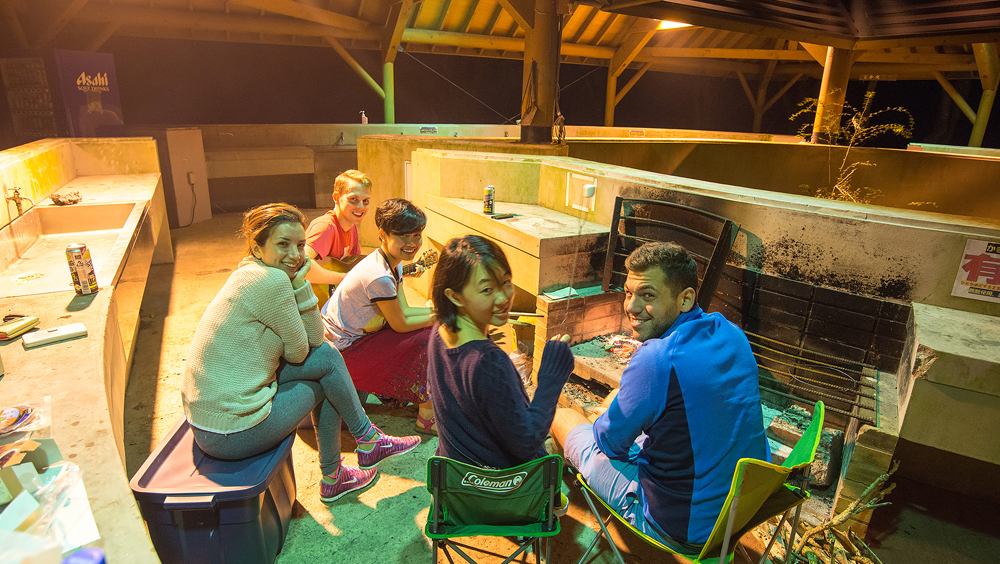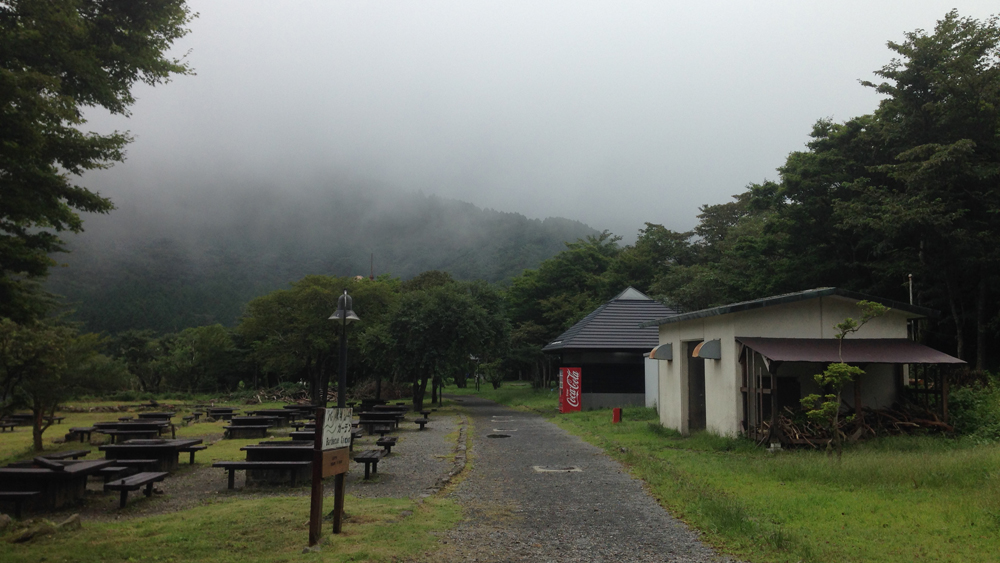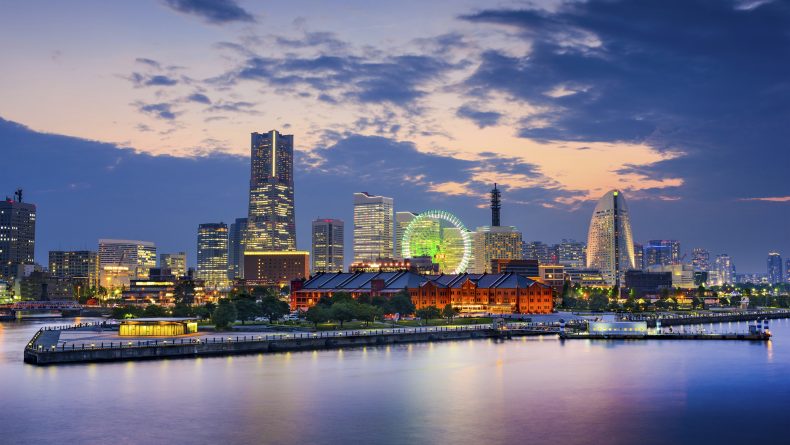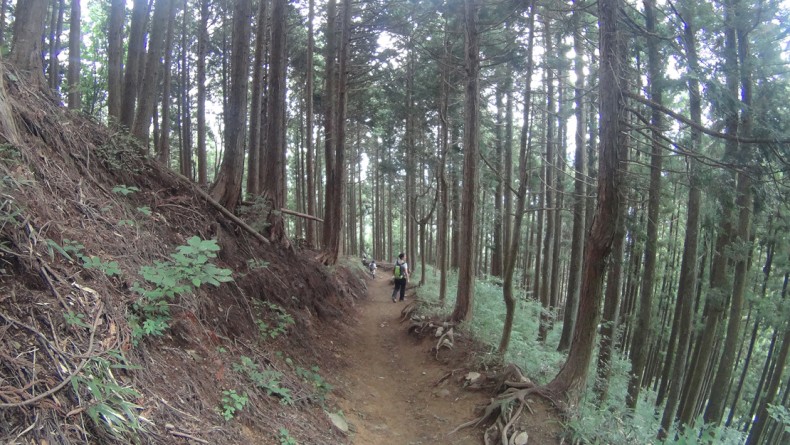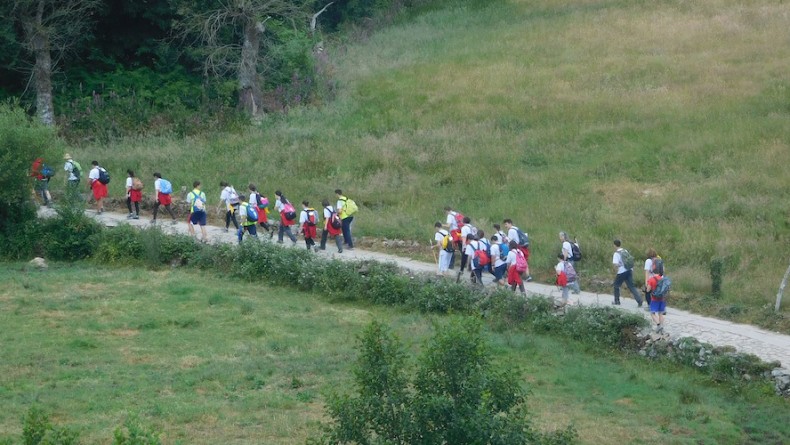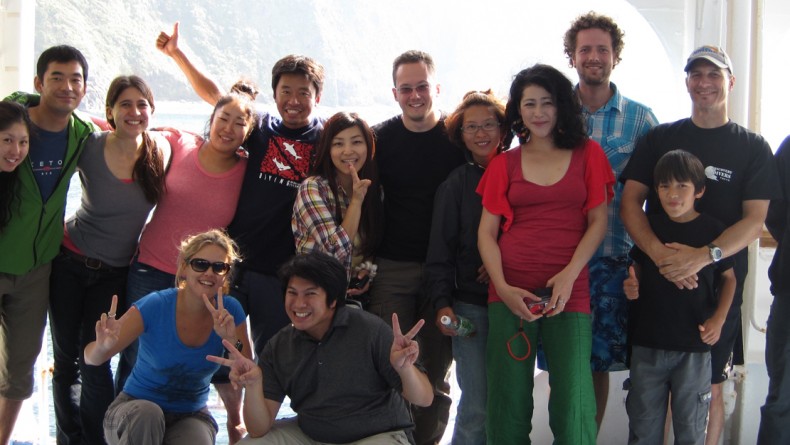Camping in Hakone
Back to Nature
We all know that with a bit of effort, Tokyo can offer almost anything you can imagine. Obviously this city has no trouble being on any “must visit” bucket list, but after a while those who have actually made the big jump to settle here start to dream of, well, getting away.
The truth is, Tokyo is a different story for us salarymen and women slaving away at our offices so that we can call this place home. I can’t count how many times I’ve gone to Shibuya or Shinjuku after work. Japanese food is great, but I long for the day I can go to Trader Joe’s again. I’m also thinking about investing in a karaoke machine.
In other words, I think the honeymoon phase is over.
Around a month ago, a Thai colleague of mine caught me in severe zombie mode while I was in yet another pointless meeting (hey, it was a Friday). Computer engineer by trade but travel photographer on the weekends, Poom suggested the perfect great remedy for the office blues. Let’s take a camping trip, he said. Tomorrow!
That night over a bottle of red and flurry of instant messaging, I managed to organize our trip with Poom, another work colleague, and my boyfriend. We wanted to experience the opposite of Tokyo—a drastic change of pace and the uncertainty of nature—from just a short road trip. So we settled on our getaway target: Hakone.
This weekend getaway trip would be different from the others. No searching for great value hotels, no dead museums to kill time, no splurging on a restaurant that has one of those “certificate of excellence” tags. If anything, we weren’t aiming to take a vacation at all. I guess we just wanted a slap to our ergonomic office chair bums. So after a bit of research, we decided Lake Ashi Camping Village would be the perfect spot to set up camp.
Lake Ashi, or Ashinoko, lies at the base of Mount Hakone, a volcano that hasn’t properly erupted for around 2,900 years, but in June 2015 the eruption alert scale rose to level three (five being the worst) when ash and steam started exploding out of it, causing many people to shy away from the area.
The lake itself has another feature that’s worth traveling for: Hakone Shrine.
In fact, countless shogun and samurai throughout Japan’s history (and history buffs in more recent time) have made pilgrimages to this shrine. This place would be a hideaway if it weren’t for the stark red gate (or torii) standing alone on the lake’s shores, marking its hidden location.
Before we arrived at the campsite, we made a stop at a famous scenic spot in Sengokuhara, a valley so densely covered in towering pampas grass that walking through the little designated trail feels like being an insect.
We parked a couple blocks away from the trail entrance. The trail is a very short, its entirety practically visible from the entrance. We got a bit dusty from treading over loose dirt and rocks the entire time, but we did pass a girl wobbling down in heels, so I would rate this hike as very easy.
Yet a little dirt meant nothing compared to our surroundings. Most reviewers of sightseeing places always use adjectives like “awesome” or “beautiful” to describe places that are often underwhelming in reality. This humble trail, only ranked number 20 out of Hakone’s best things to do on TripAdvisor, was so much more than the standard “beautiful.”
It’s all about the timing when visiting this spot, which we did perfectly. The stalks were towering over our heads, and the full plumes were dry to the point of being a wildfire hazard, but it gave the entire hillside a brilliant silvery, ocean-like effect. We arrived before dusk, so as we walked up, the field of swaying grass unfurled before our eyes.
It was just really, really, really awesome.
Around midway up, we ran into an old man in a suit drawing the view with chalk. I suddenly remembered a scene from one of my favorite childhood movies, when Bert is trying to convince Mary Poppins and the kids to jump into his chalk drawing, except we were already on the other side and living the art.
As the sun starting setting and the sea of silver grass slowly turned to gold, we realized that we were late and would be setting up camp in the dark. We rushed to the campsite, picking a spot near the water to pitch our tents. It was already dark and unexpectedly chilly by the time we started cooking.
Dinner consisted of beer, instant noodles mixed with canned corn, and French bread fried in olive oil and topped with salami and melted Gouda cheese. We were completely unprepared, as we were all wearing shorts and only had our flashlight apps for light. So much for getting back to nature.
We hurried back to the tents, only to run into a proper, well-lit BBQ area that we had totally missed earlier. An American and Vietnamese couple were toasting marshmallows, so we practically hijacked their campfire. The rest of the night was just the six of us pigging out on burnt sugar and swapping stories until the fire died out.
The next morning, instead of waking up to sunshine and chirping birds, we were awakened by a heavy rainstorm, forcing us to stay huddled in the tents until it finally subsided at around noon.
On a clear day we would have set out on the lake on one of those famous Hakone pirate ships, but we packed our wet and dirty tents and drove downtown instead. One night in a tent with less than perfect weather, and we were already ready to get back to civilization.
After just a couple of hours in this quiet, tranquil mountain town, I was gloriously soaking in an outdoor hot spring at Hakone Yuryo, one of the more luxurious traditional hot spring spa resorts I’ve been to in Japan (¥1,400 entrance fee). Just a quick tip: the resort doesn’t offer towels for free, but it does offer more private onsen than the average traditional Japanese inn.
All in all, it was a perfect getaway from the perfect city of Tokyo. We arrived back in the city feeling a bit tougher, slightly cultured, and a refreshingly pampered. It was exactly what we needed to get through another week in the office.
For a more luxurious, but equally relaxing, way to see Hakone, check out this article on staying at the Hyatt Regency Hakone Resort and Spa.
The Deets
Getting there: Hakone is about a three-hour drive from Tokyo.
Camping prices: Lake Ashi Camping Village charges ¥1,500–¥2,000 for a five by five meter campsite, or ¥5,000–¥7,000 for a campsite and individual parking spot for any type of vehicle, including RVs. A parking space only costs ¥520, barbecue spaces can be rented for ¥1,620, and onsite showers can be used for ¥200.
More info: For additional details on sightseeing and getting around Hakone, please check Odakyu’s Hakone Navi.
Text by Yulia Mizushima. Shrine photo by SarahTz; all others by Nuttapoom Amornpashara.

